For this upcycling project, I planned to use a large sheet of scrap paper, scrap wood, and components from an unused lamp to make a functioning mid-century modern lamp with origami elements in the form of a lampshade/light diffuser. I was drawn to the mid-century movement as I thought that the aesthetic would go nicely with the geometrical shapes and patterning of origami. Mid-century modern is characterized by its use of clean lines, organic forms, simple shapes, and intentional usage of color [1]. The use of wood or natural materials is especially prominent, the below image showcases the woodwork I hoped to emulate in my upcycling project:


In the above two images note the clean lines and angles of the furniture alongside the use of prominent wood grains. Furniture of this aesthetic prides itself on the materials that are used, with clean and varnished wood being a staple. Mid-century modern furniture also uses textures with high contrast, see the first of the above images and the patterned cushion texture versus the smooth chair wood. One final staple of the aesthetic is the notable use of pegs that the wooden furniture stands on, Which can also be seen in the two above images.
I also want to emulate the style of the Japanese paper Noguchi lamps. Using typical paper lantern-making techniques these lamps have a warm atmosphere and draw the eyes to differing parts of the structures. While some of these lamps use more organic shapes, as seen in the below image by Vice Magazine some of Isamu Noguchi’s more compelling works come in the form of his more geometric lamps.
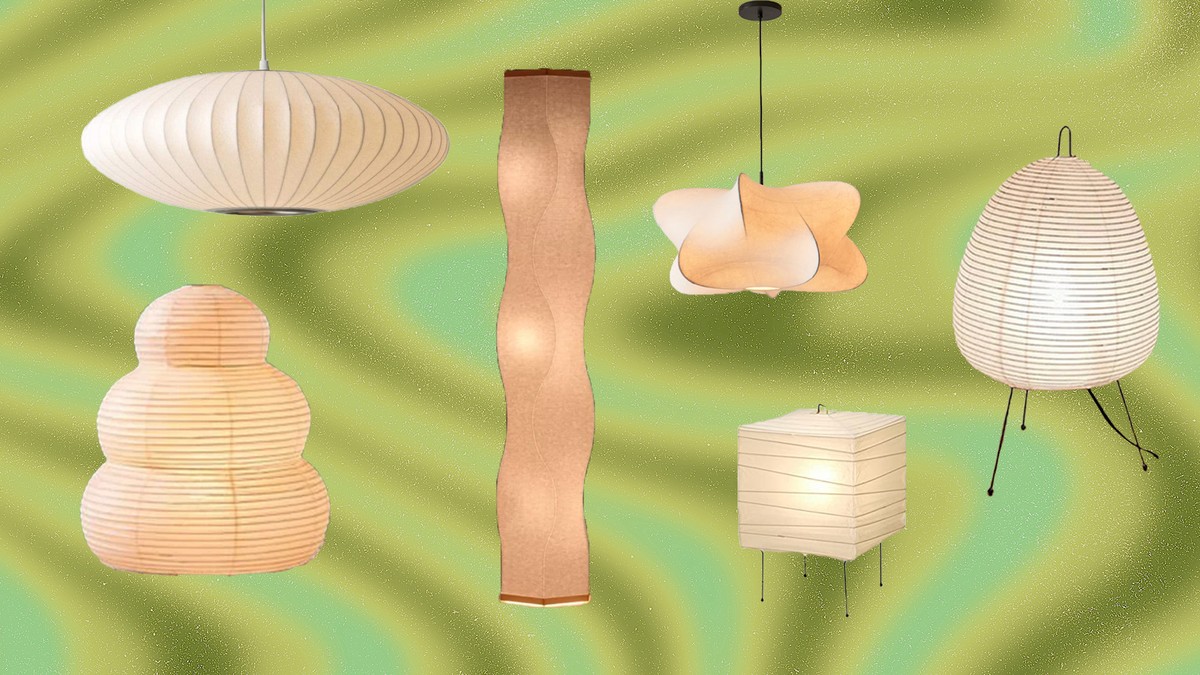
The below image perfectly highlights the mixture of origami and light I was aiming for in my design. I find the diffusion of light extremely pleasing and the geometric shapes I feel work extremely well with the design elements of mid-century modern. When this kind of design is done well you end with a seeming column of textured light. Though these lamps are closer to a modern aesthetic if natural wood and the typical peg feet were added I believe this design would become a prime example of the mid-century modern aesthetic.
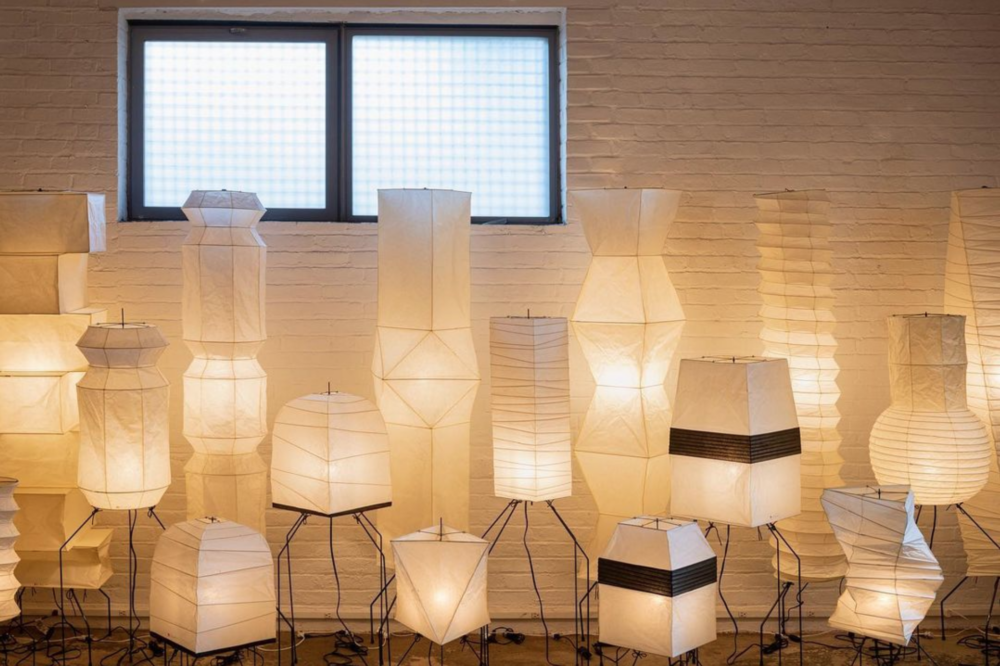
For the overall design of this project, I planned to glue two individual pieces of scrap wood together to make them large enough for a baseplate and then use a CNC machine to mill the wooden block down into an octagonal shape with an indent. I also planned to use a 3d printed internal plate to attach the paper lampshade with magnets to the wooden base, which in the end will be hidden by the wooden frame. I planned for the lampshade to be a Yoshimura Polyhedral which is a cylindrical tesselating origami shape. This folding pattern is also called a Schwarz lantern, which is one of the major reasons for me choosing this folding pattern as the shade for this lamp. One strength of this design is its ability to expand and contract like an accordian: giving me the flexibility to change to size of the shade to best fit the design. An example of this pattern is shown in the following images:


Based off of the previously described aesthetic and these individual elements, the image below is a rough sketch of what I hoped the end project would look like!
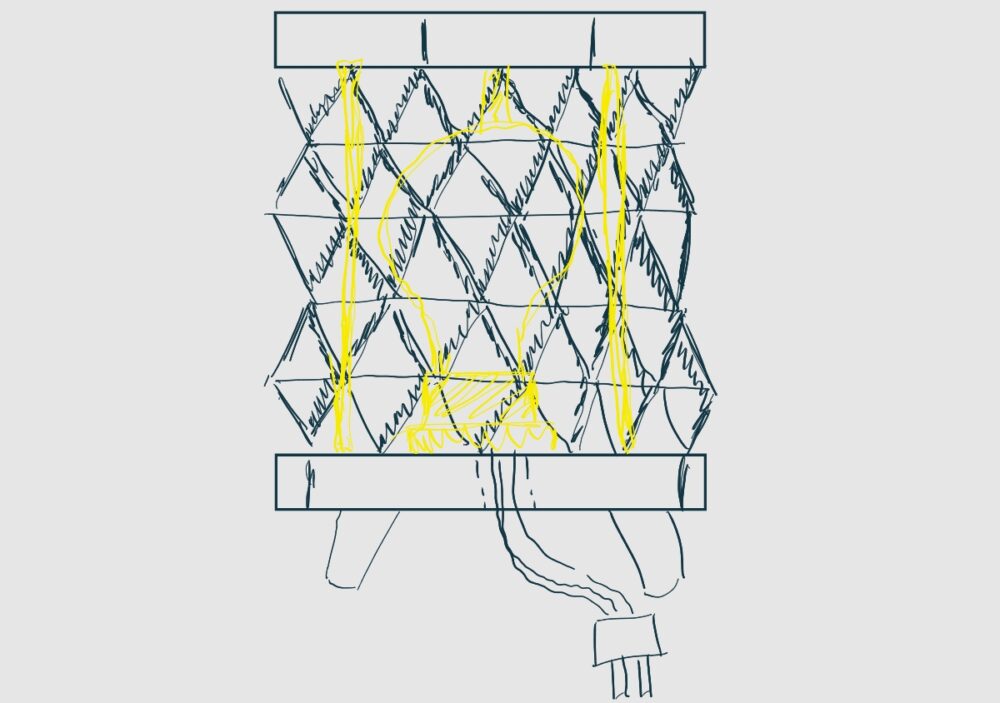
For the base of the lamp I changed my originally planned design and made a few ad hock decisions to make my life easier during the design process. I did all of the woodworking for this project in the Integrated Technology Learning Lab woodshop with help from classmate and ITLL employee: Riley Menke. Like I planned I glues two pieces of scrap glue together and then used a planer to flatted out the two blocks to create a larger smoother piece of wood.
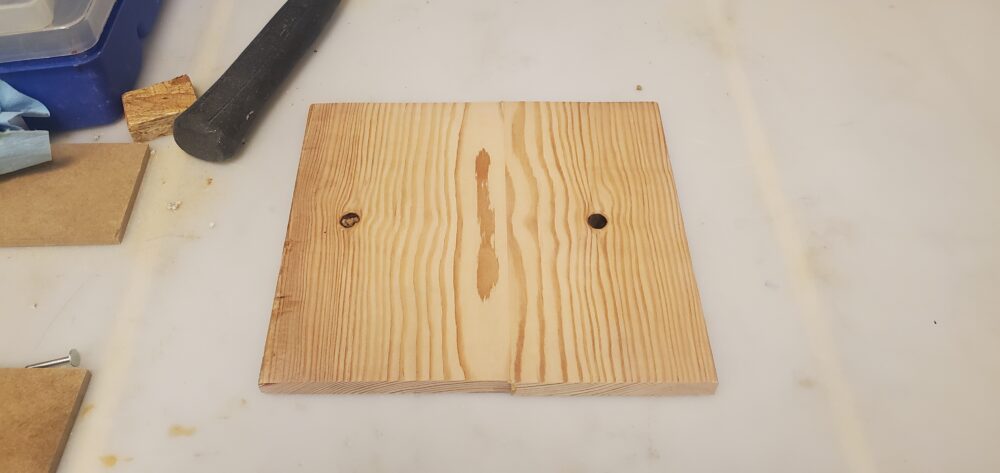
After planing down the wood, I cut the wooden block into an octagon and the used a routing tool to round out the corners to look more professional. A photo of this step is shown below.
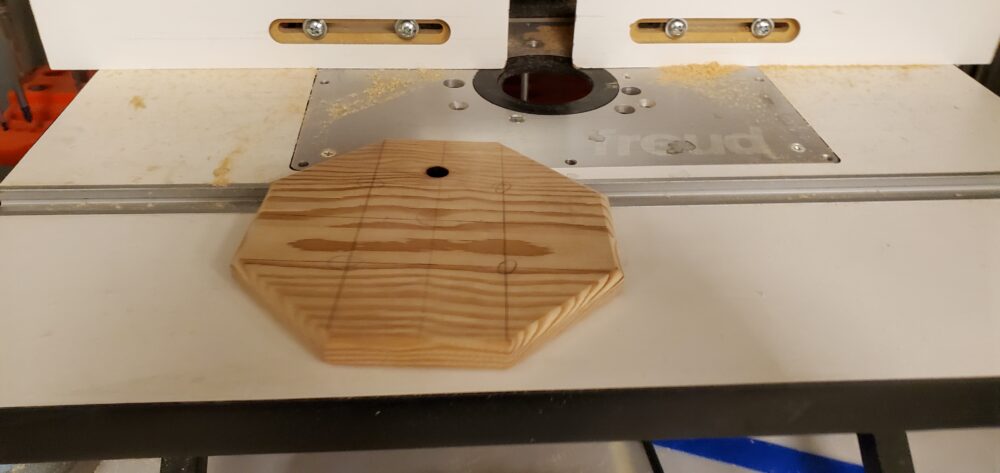
Following this, I then drilled holes into the plate and sanded it down to be unblemished and ready to be coated in linseed oil. The final wooden block is shown in the following image:
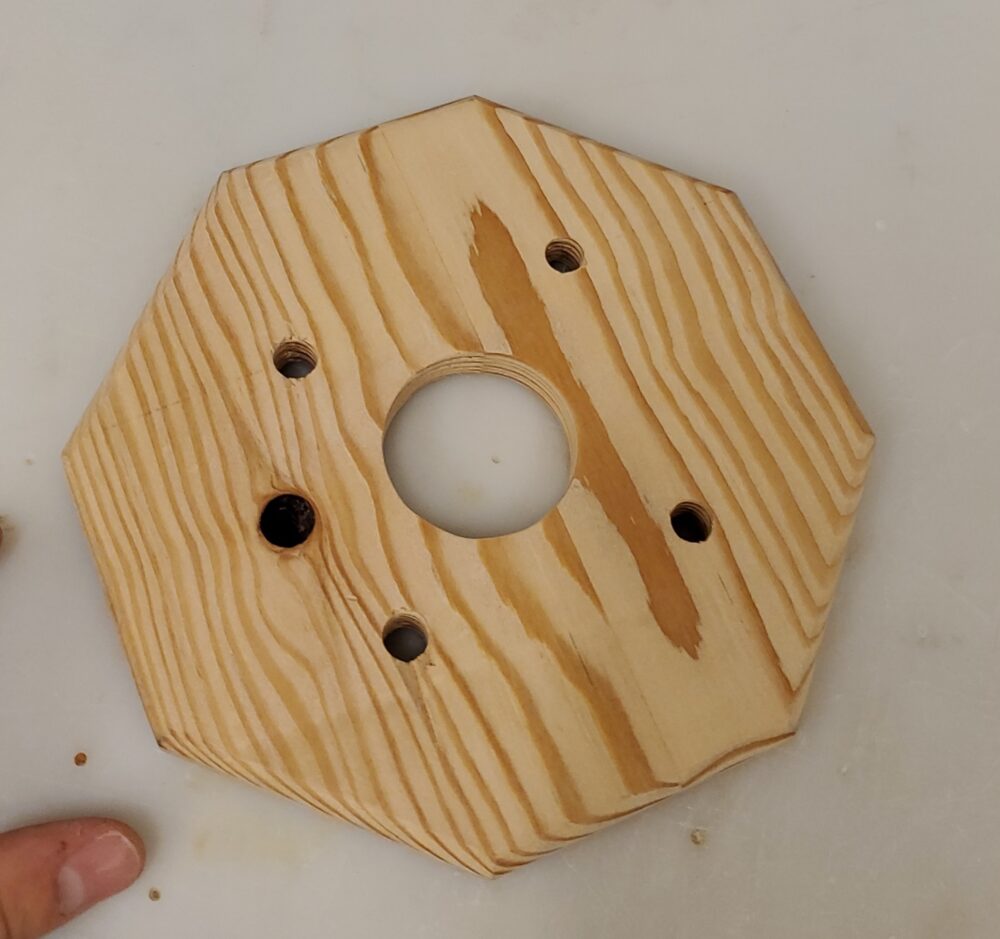
I scratched the idea of using wooden pegs for a more contemporary design of using stainless steel rods to add much needed texture variety and contrast into the design. I sliced steel rods down with a grinding wheel and then used an angle grinder to clean up the rods to not have sharp edges. The next photo is of the rods before I ground down the ends.
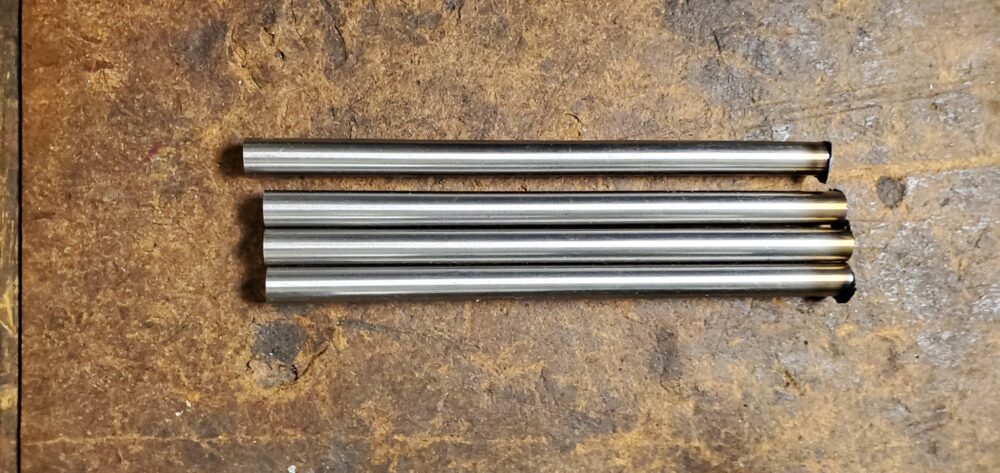
The shade itself took a significant amount of time to construct, the following are images of the initial measurements and of the first few folds of the project.
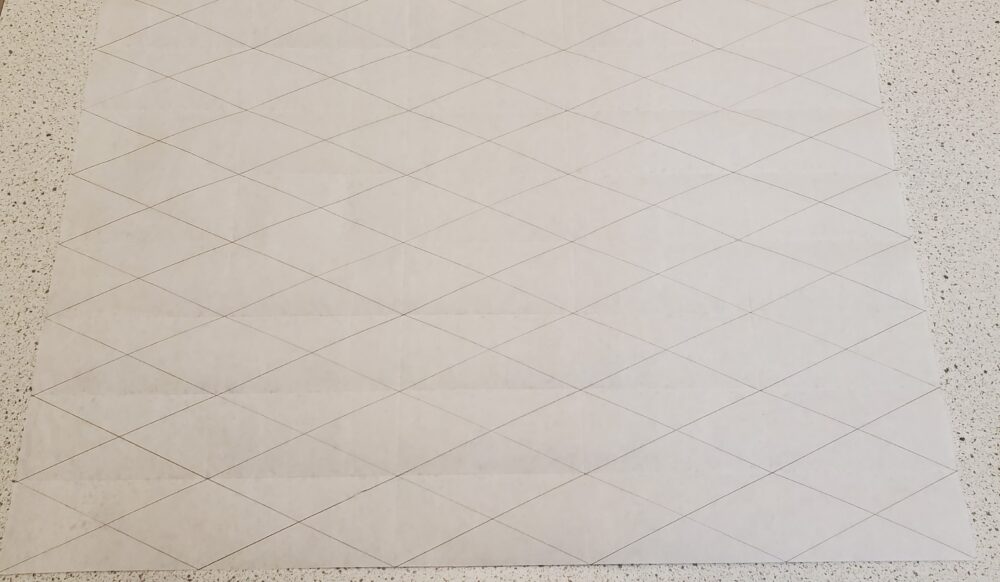

I started with a white sheet of 16” by 21” paper, which I folded according to a standard Yoshimura folding pattern. The hardest part of this pattern was turning the accordion-like, flat structure into a cylindrical component. The folds felt like they were fighting me the entire time, and I almost burst out a corner multiple times. Once I finished the pattern, I glued the two ends together using wood glue and attached a paper topper to the lampshade, also with wood glue. when I glued the final paper component together I tried to make the topper fold in a way that is reminiscent of a lotus flower. The following is an image of the final polyhedral with the light bulb turned on inside:
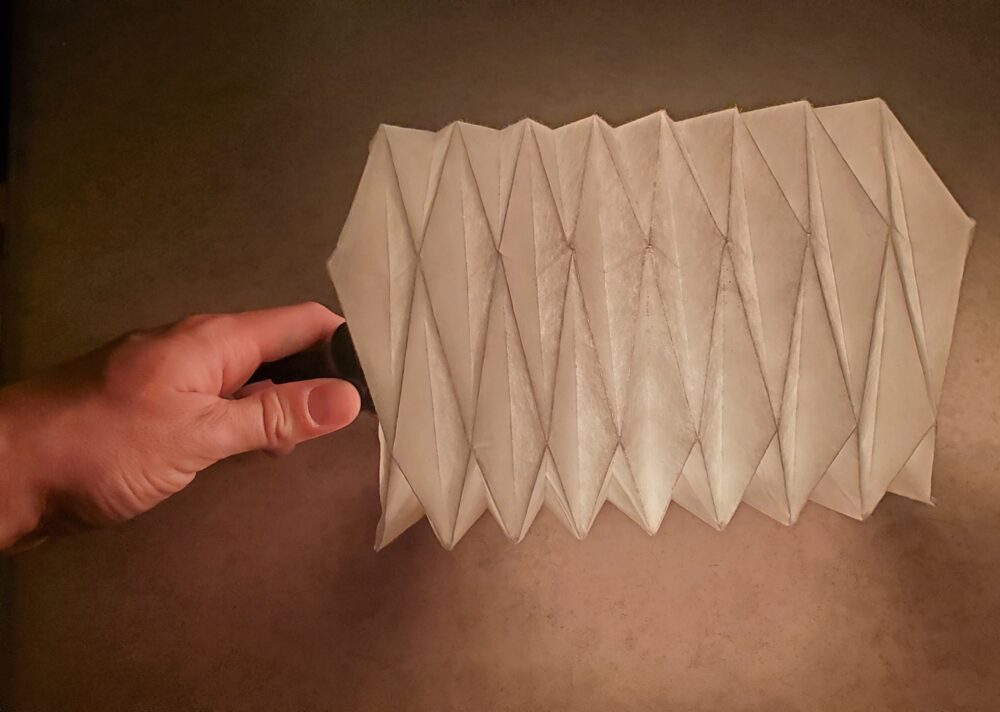
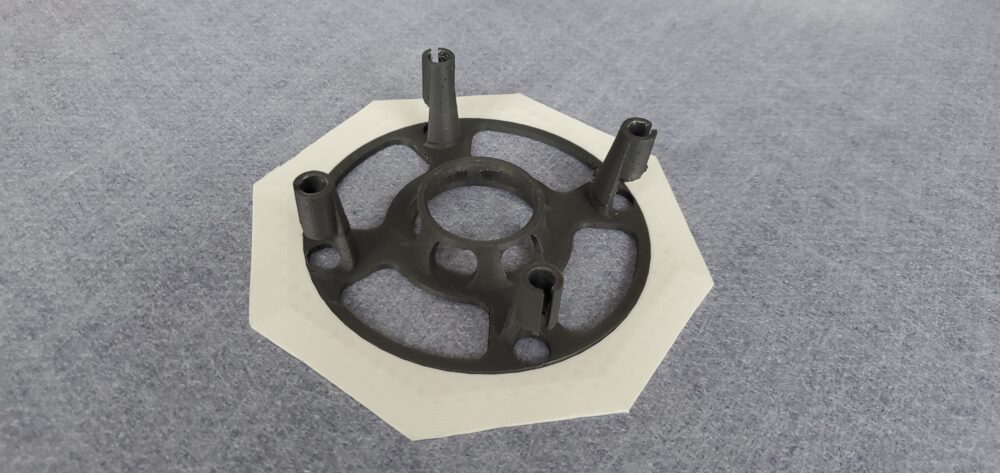
Combining all of the above parts I was able to complete my project. I went a bit overboard taking glamour shots of my project, my favorites are the following three:
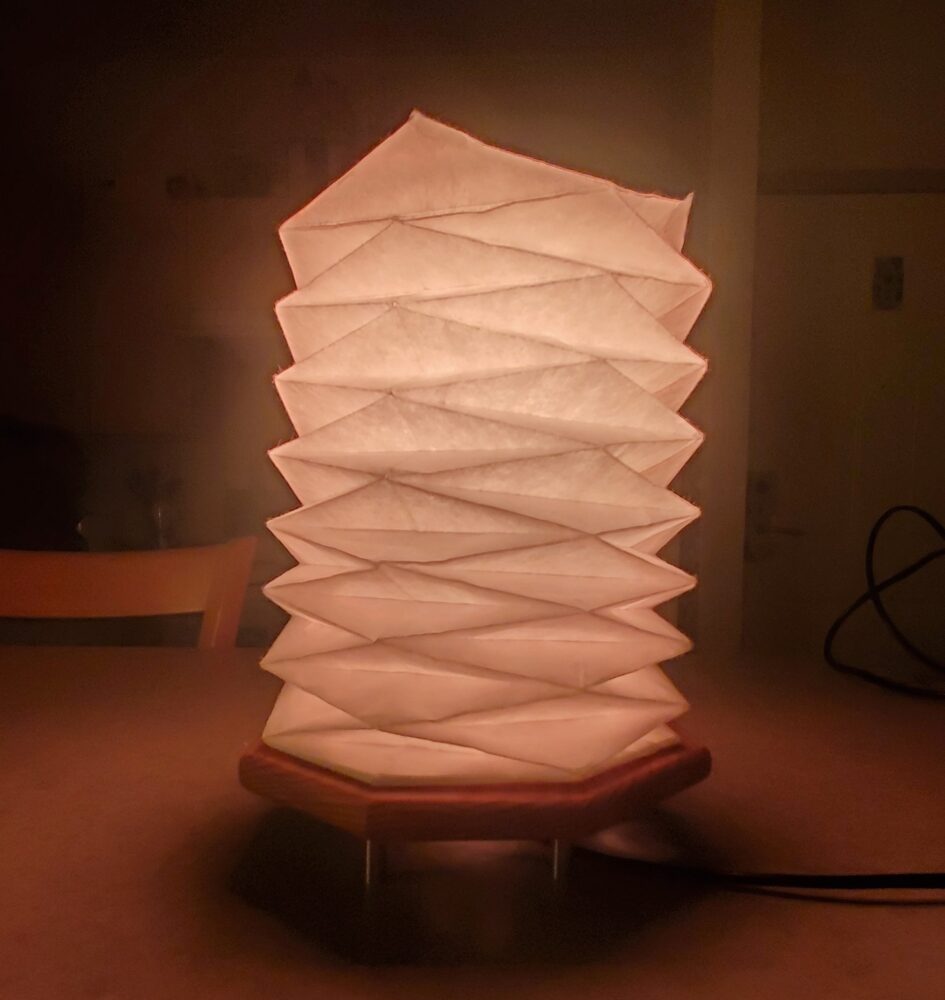
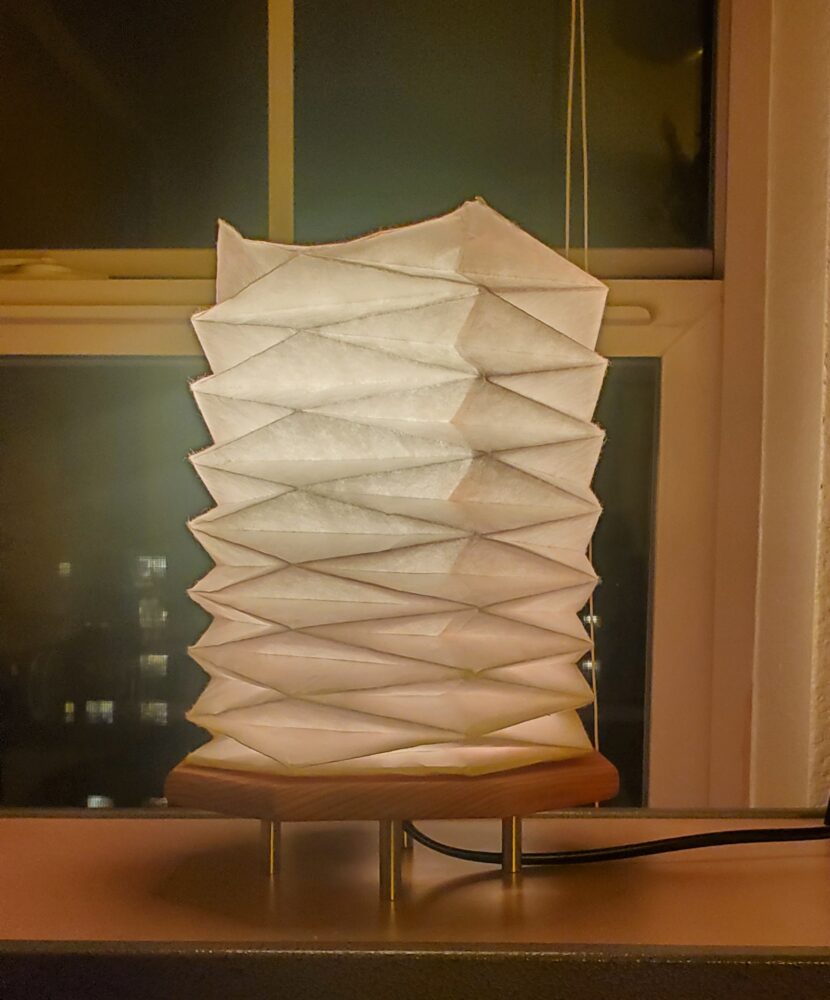
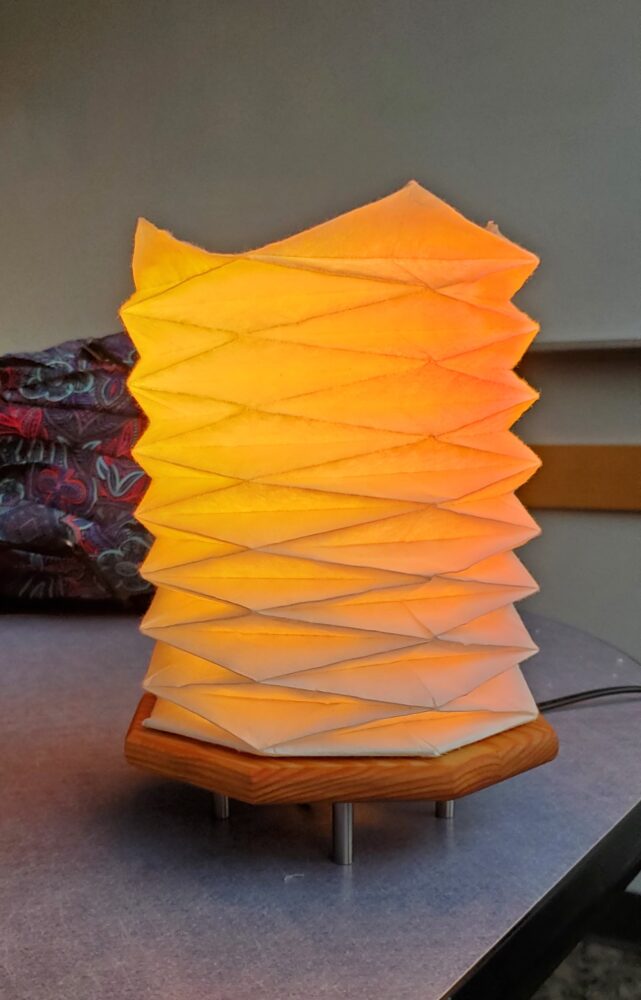

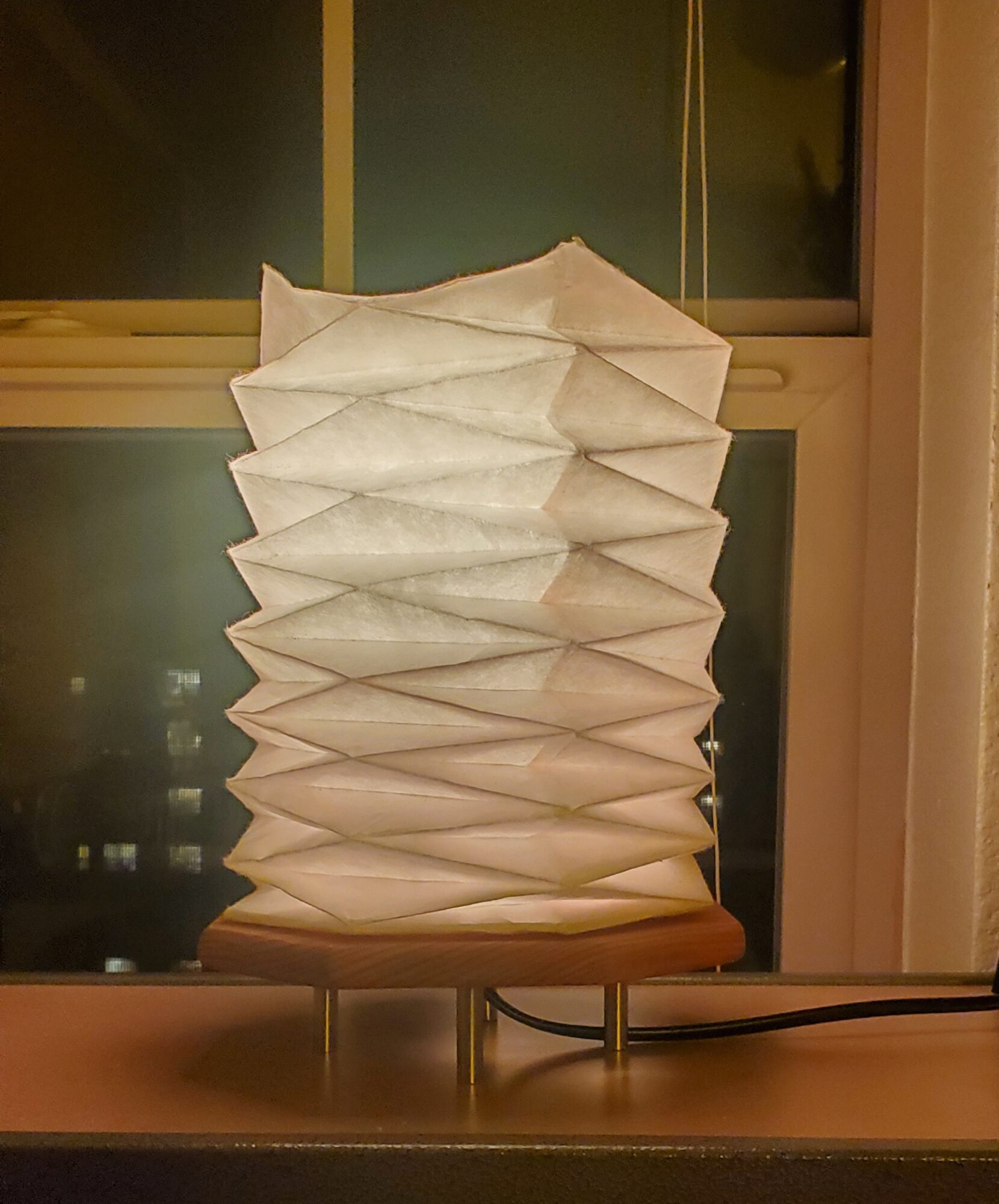
4 Comments. Leave new
The final product came out really nice. I can’t imagine trying to create that cylindrical shape with all of those folds, that must have taken a lot of patience. I wonder if using a different type of paper would make that process easier. I was thinking maybe wax paper but that might not be as durable as regular paper. I know you can get specialty origami paper but I don’t know enough about it to offer that as a suggestion. I know Kyle mentioned fire precautions, I wonder if there’s a bulb that gives off less heat as a conventional lamp bulb. Might be something you could look into.
Hi Luke, I’ll look into that! That seems like a really good solution to the potential problem.
WOW! This is really well put together and it looks new! Those folds need to be meticulously done to come out consistent and good looking. It is very detailed and intricate and I am still trying to wrap my head around it. One thing I would be interested to know more about is the fire precautions you had to take when designing this.
Hey Kyle, I left the light on while I was around for a few hours and kept watch over the lamp to make sure the paper didn’t get too hot. At the end I was able to touch the bulb without it feeling more than warm, so I’m pretty sure the lamp won’t have any problems.